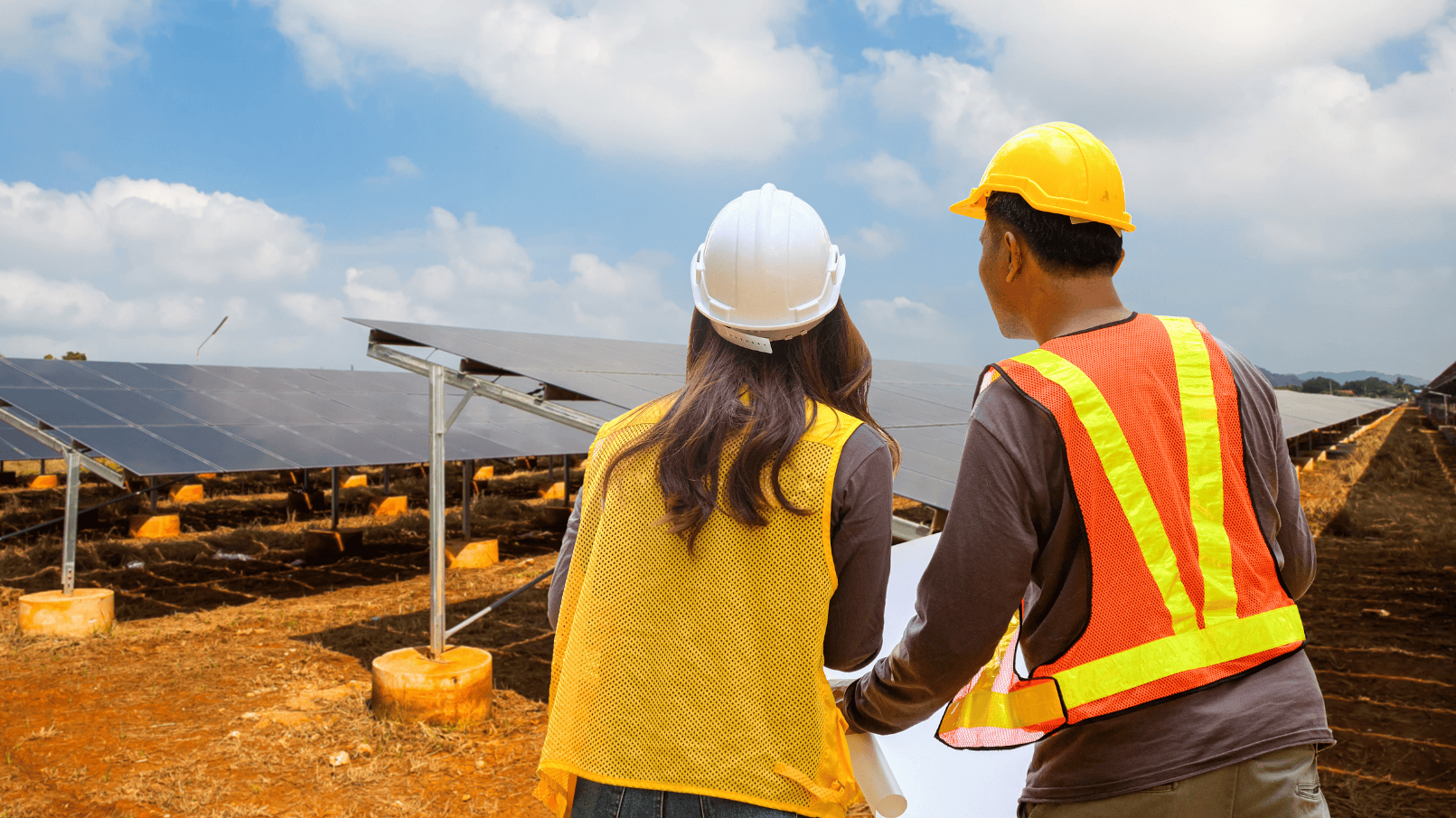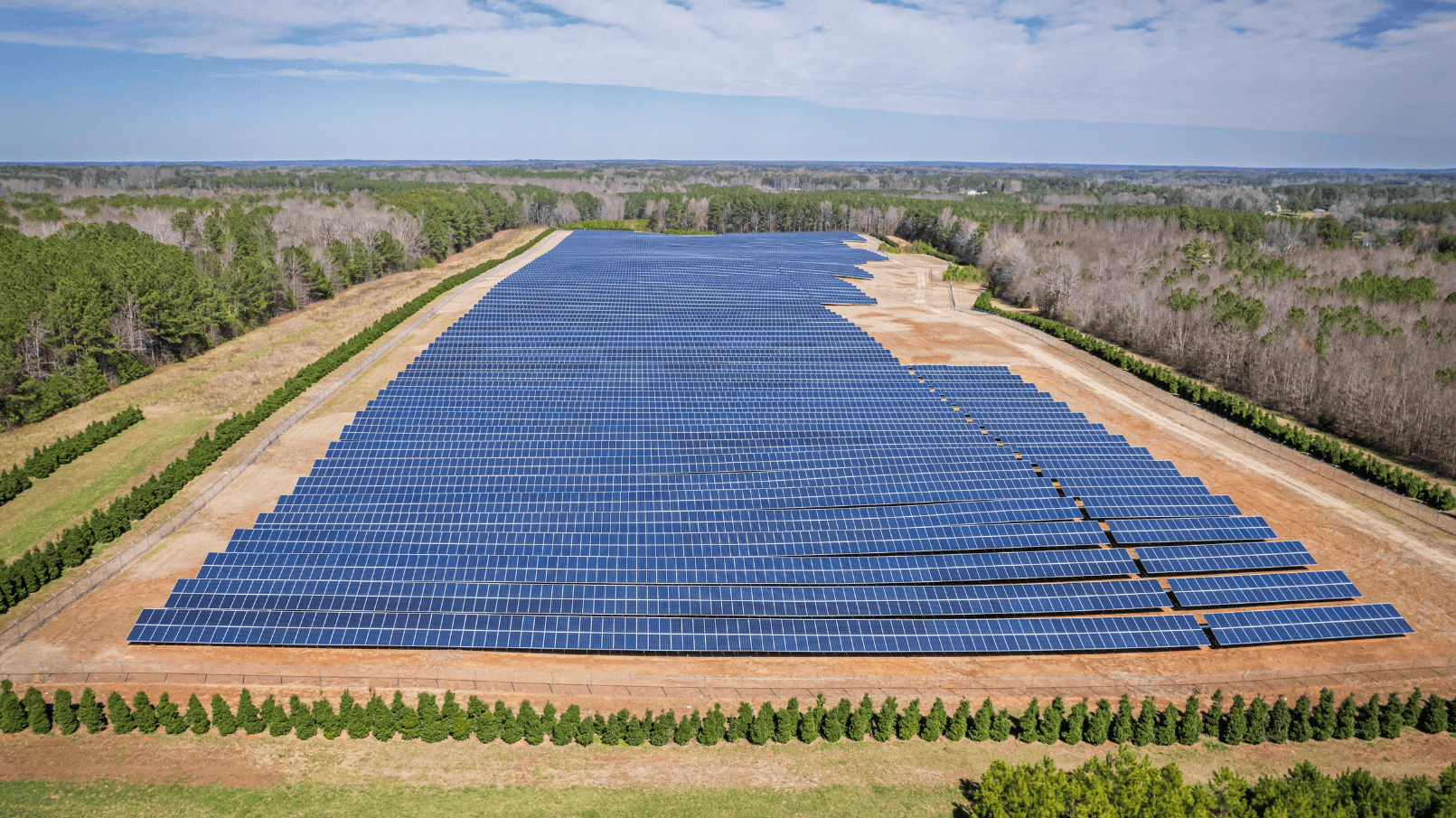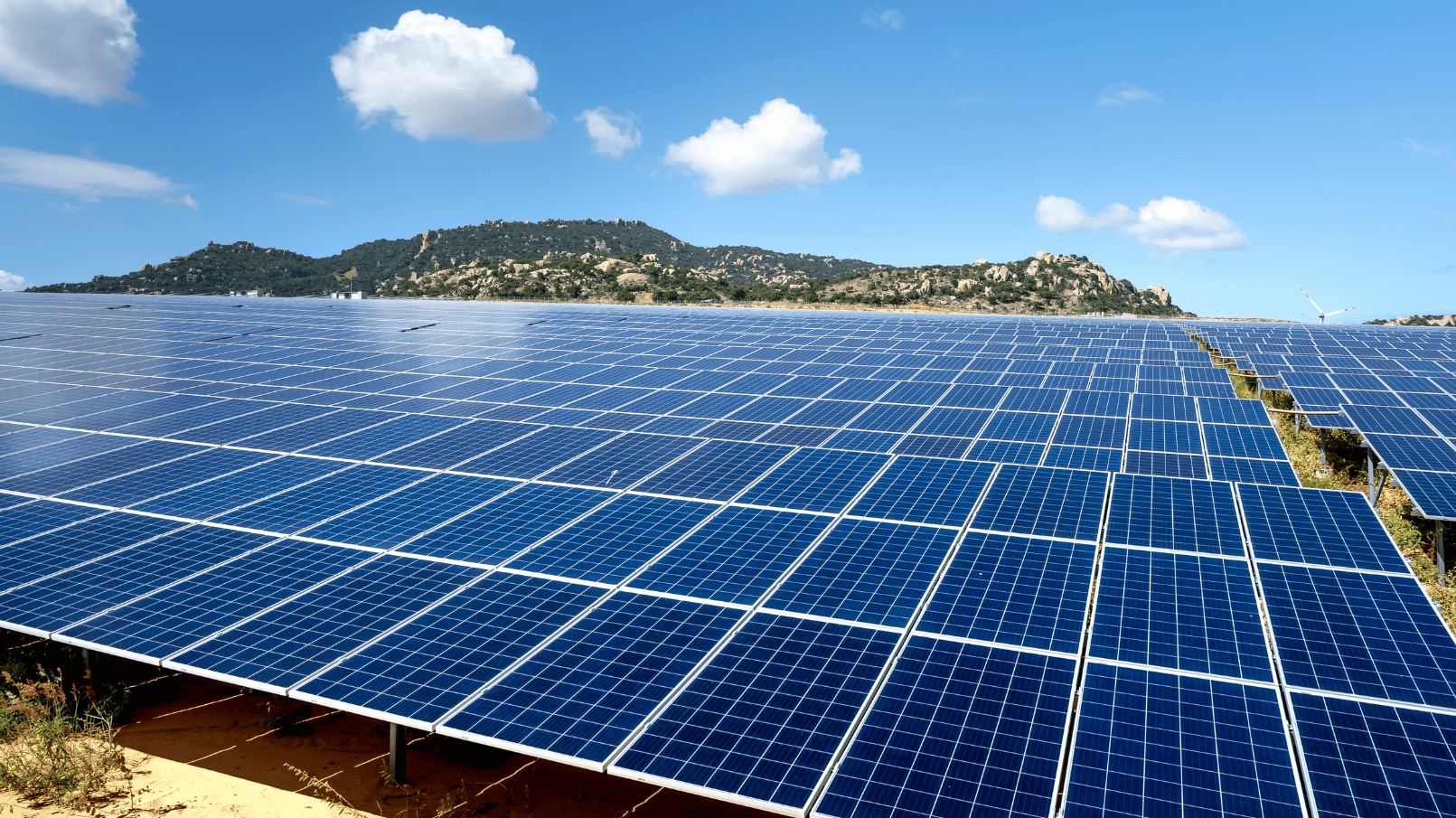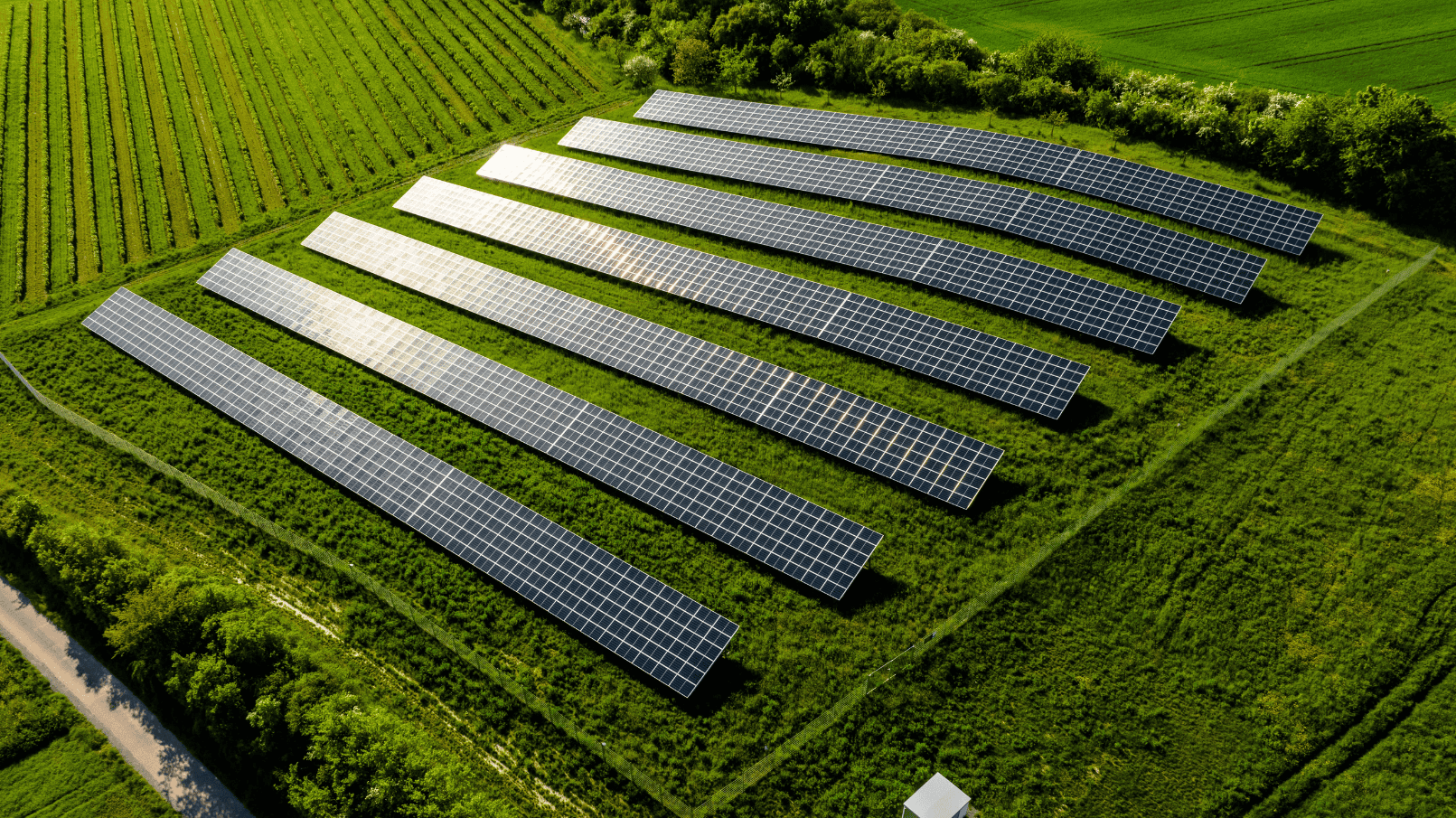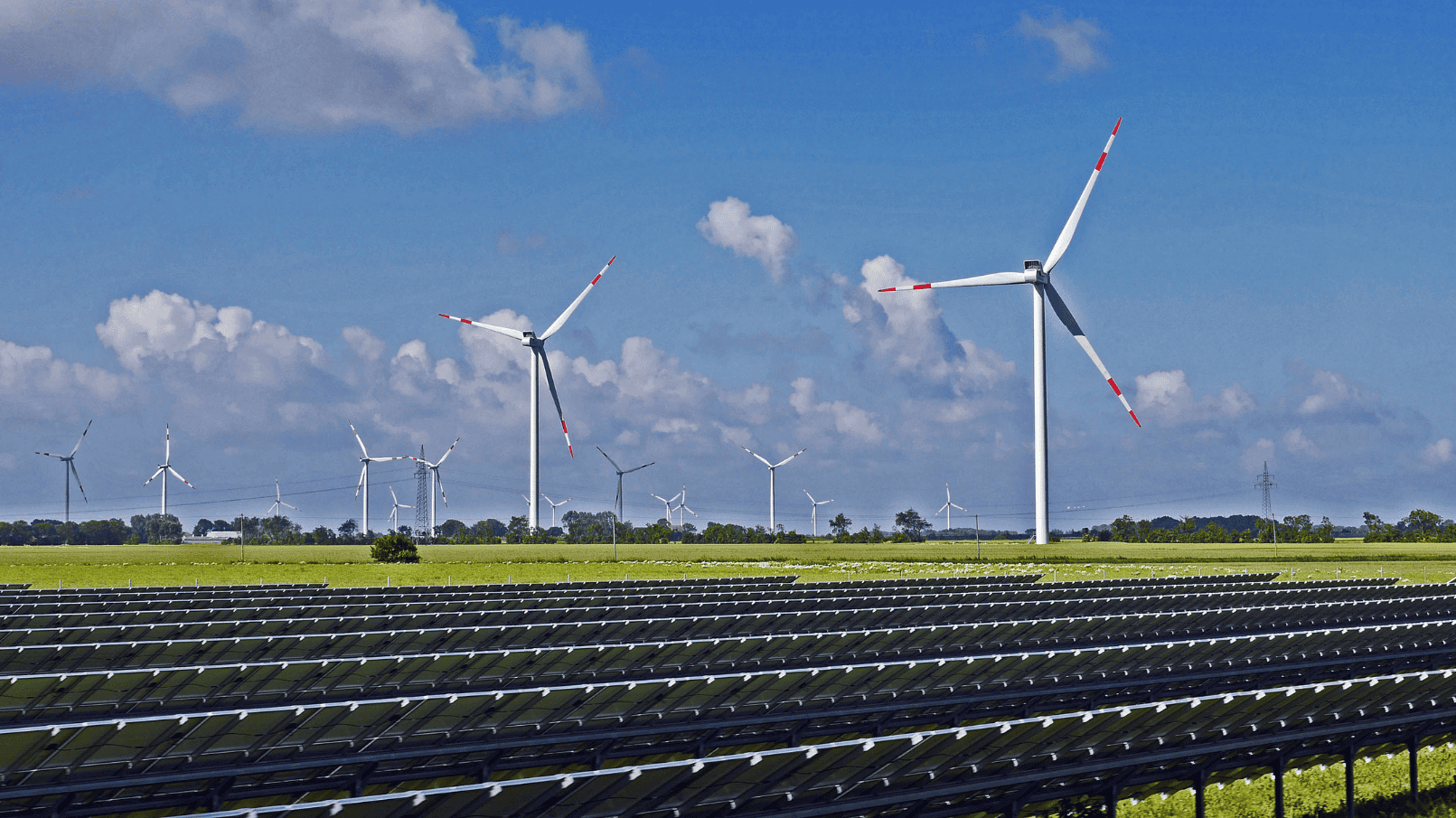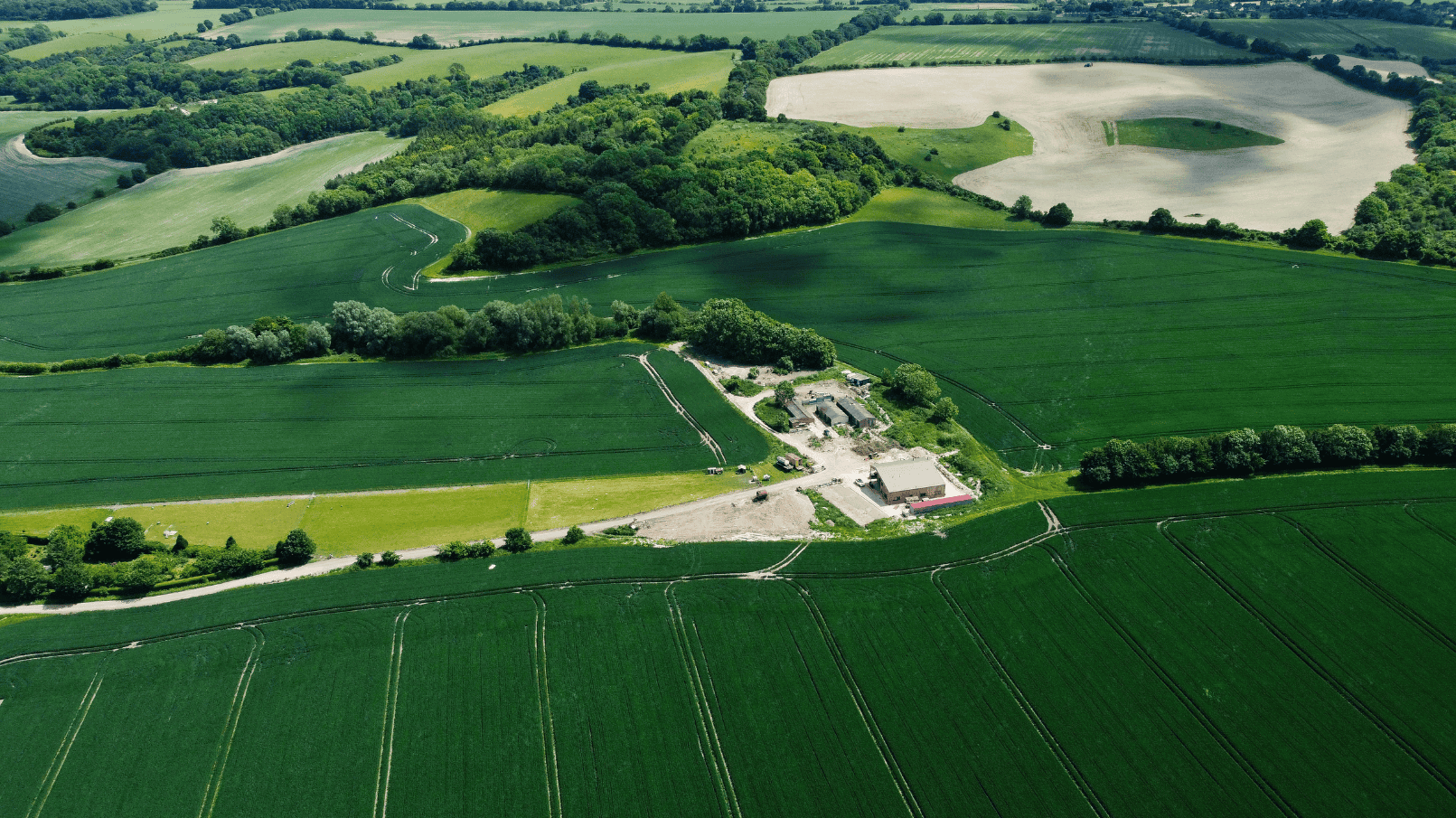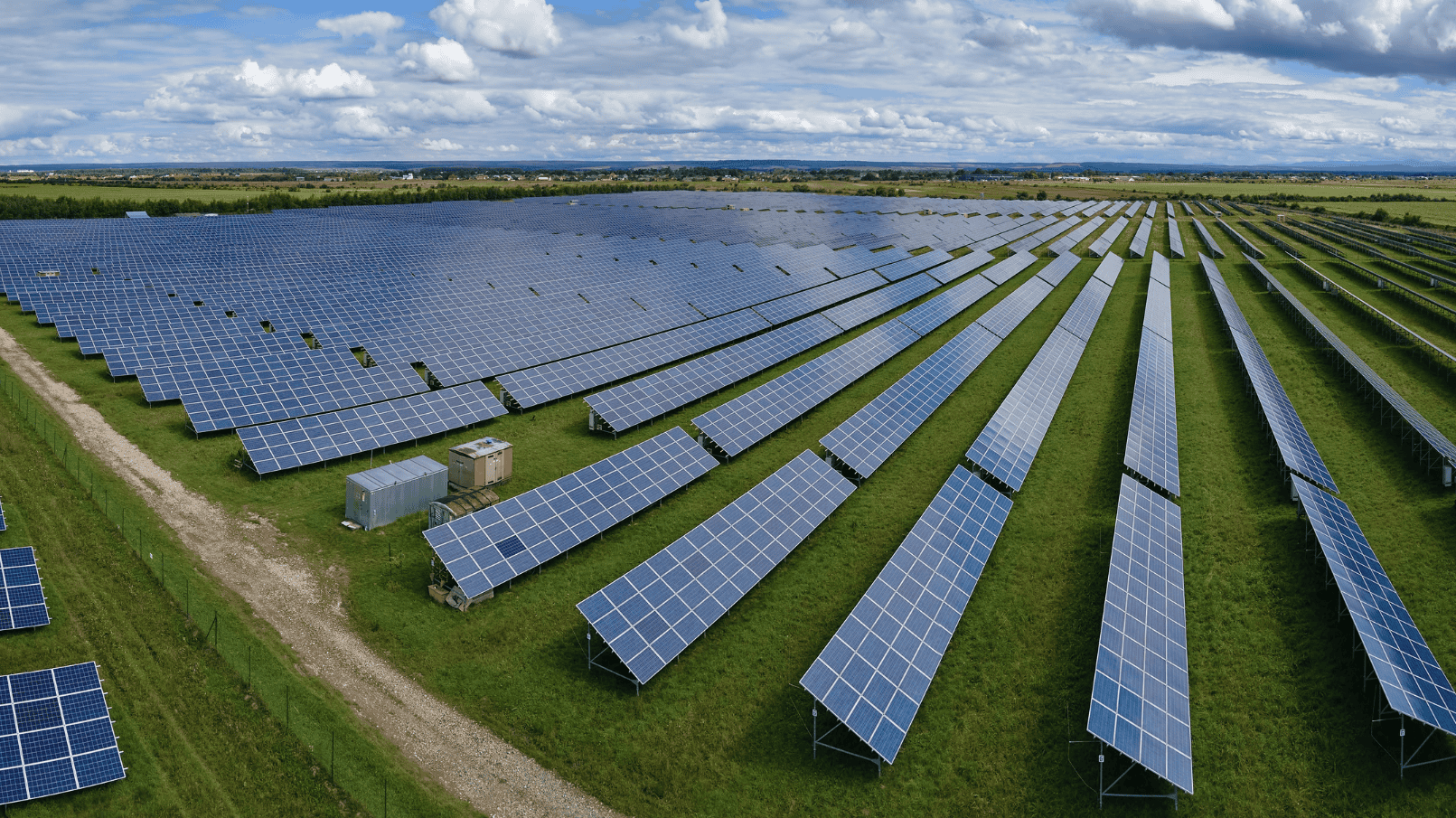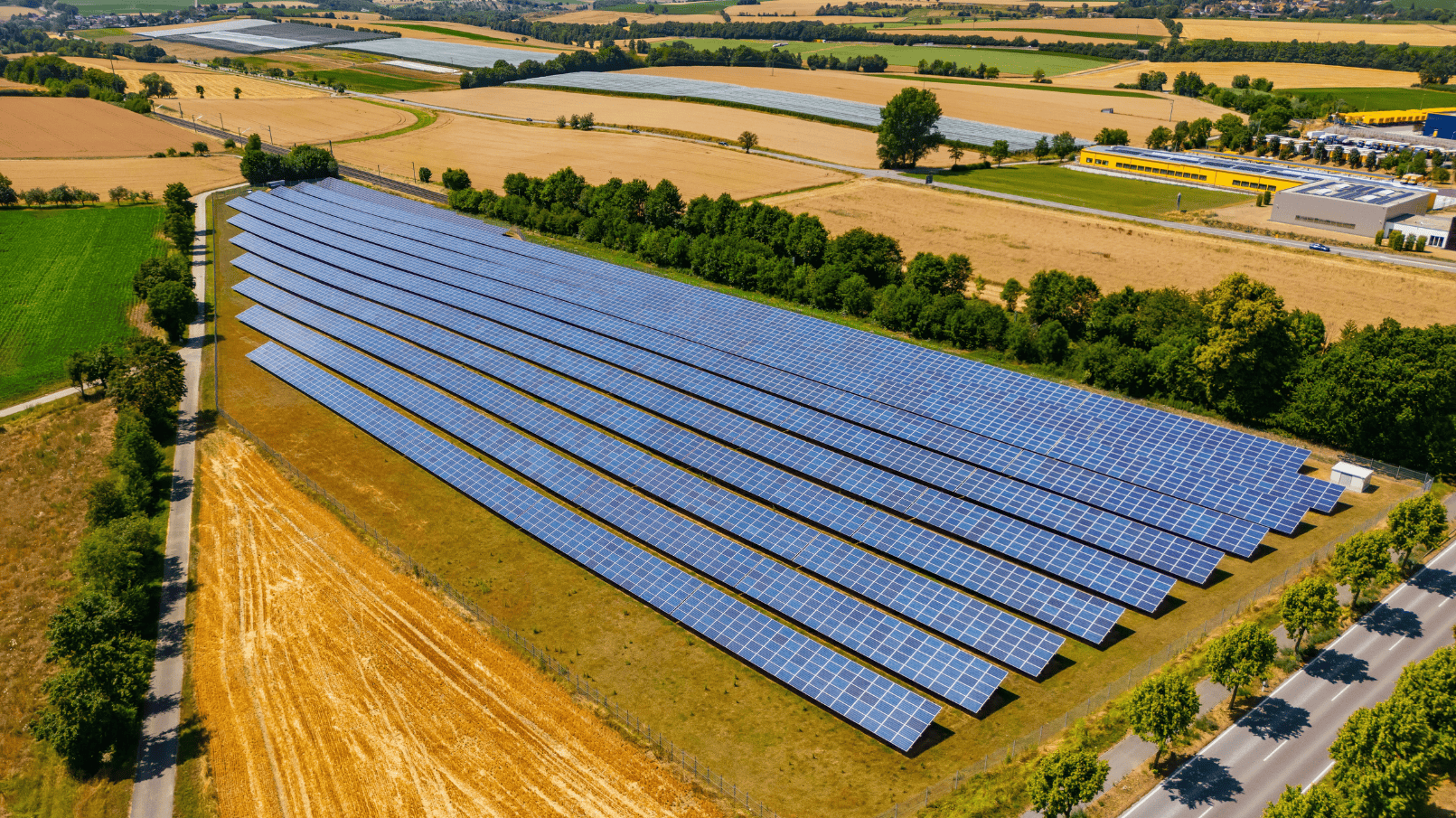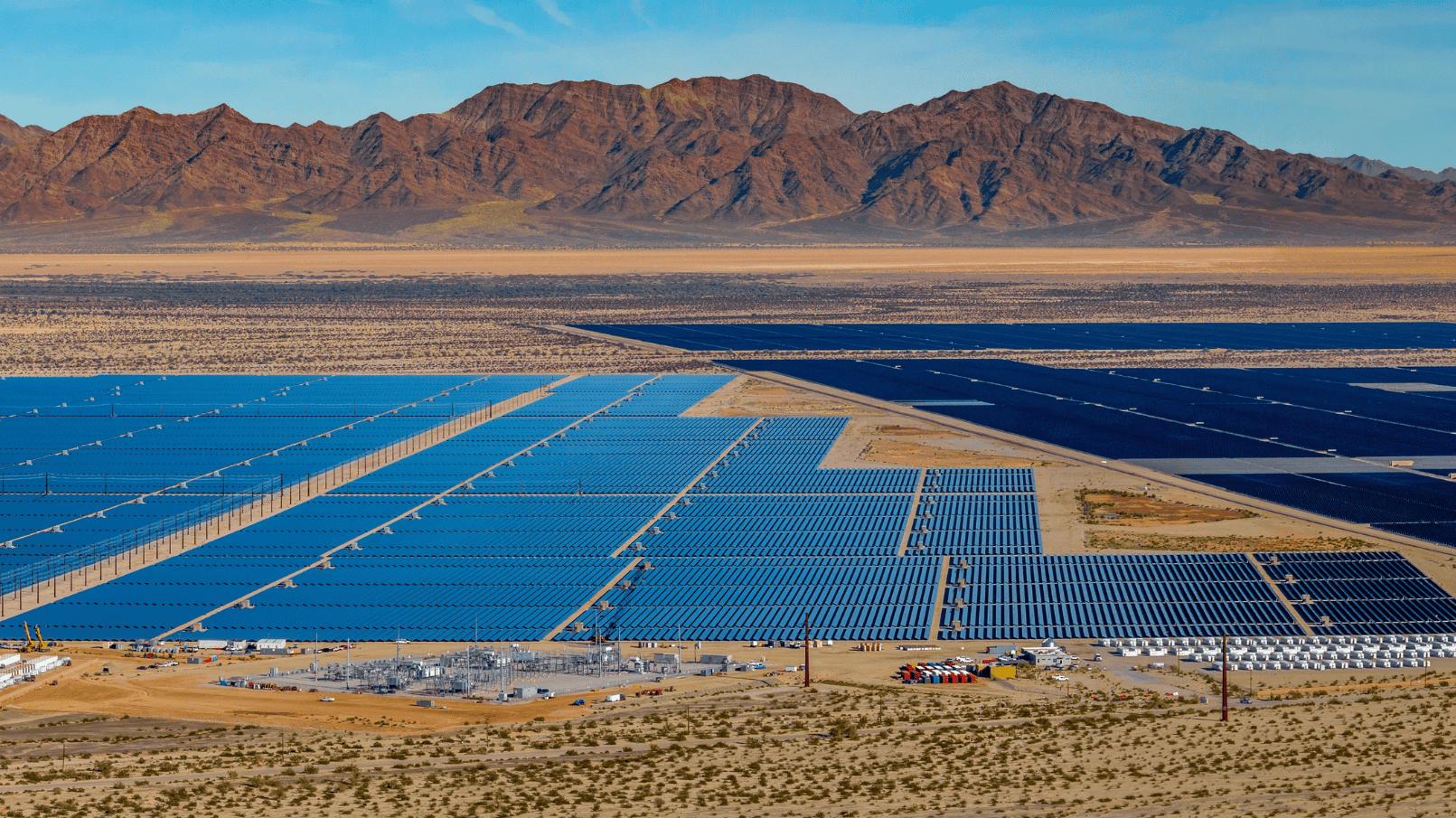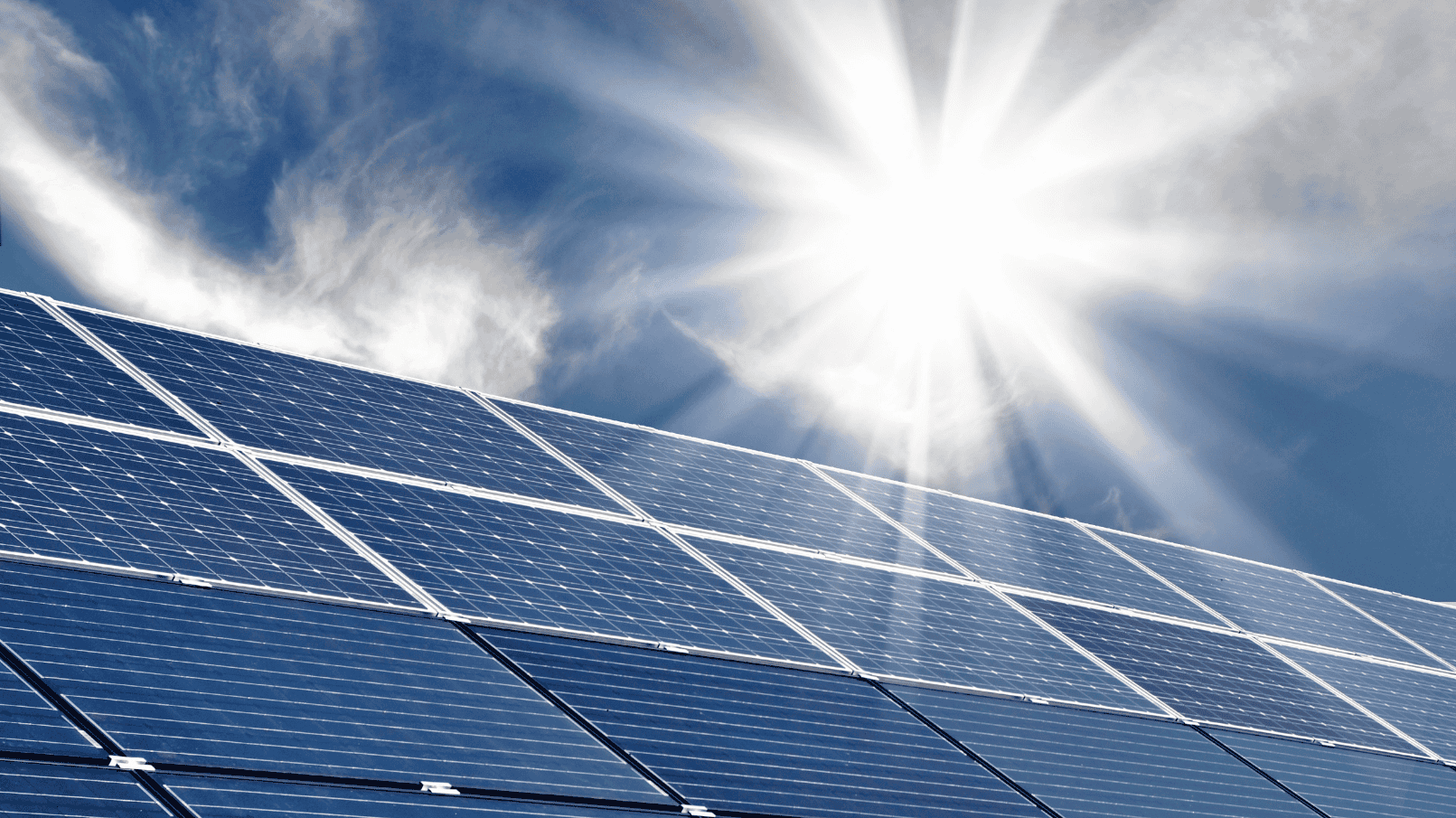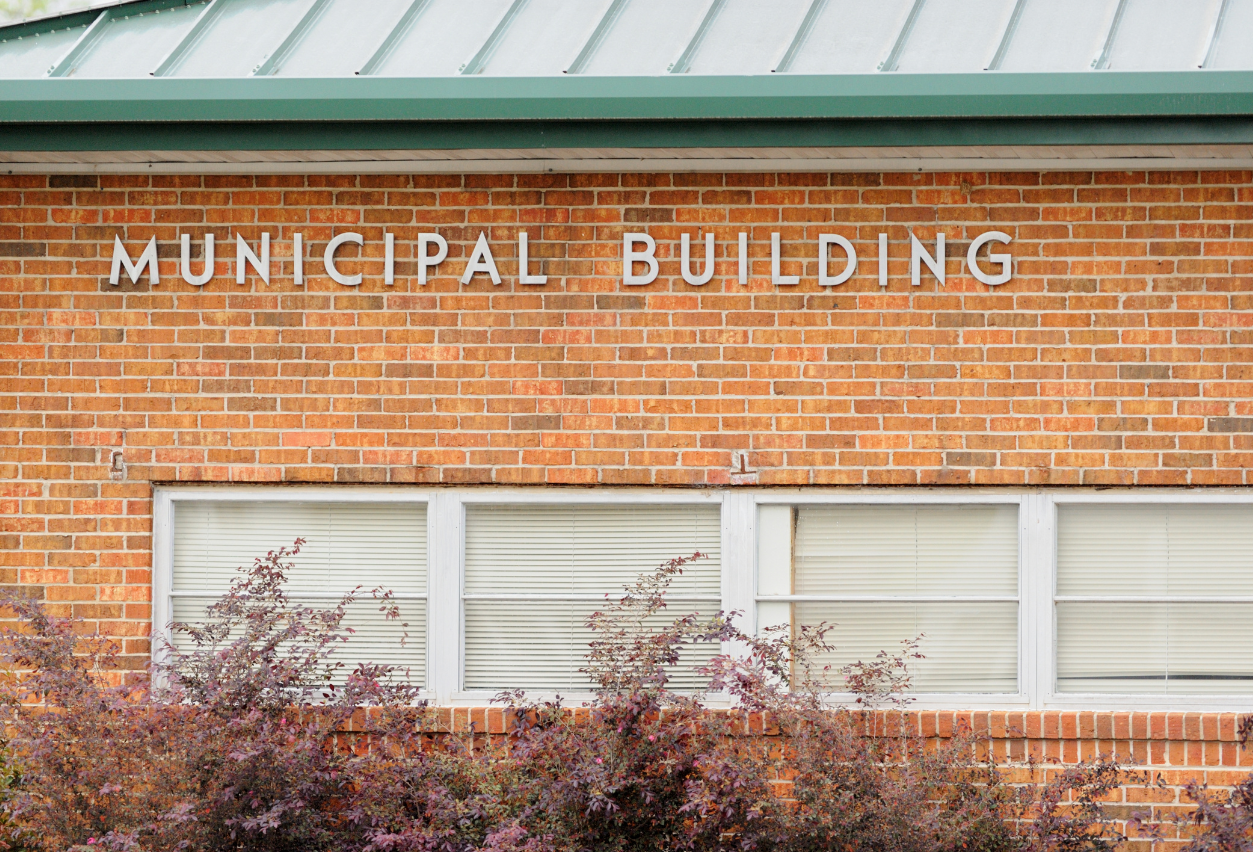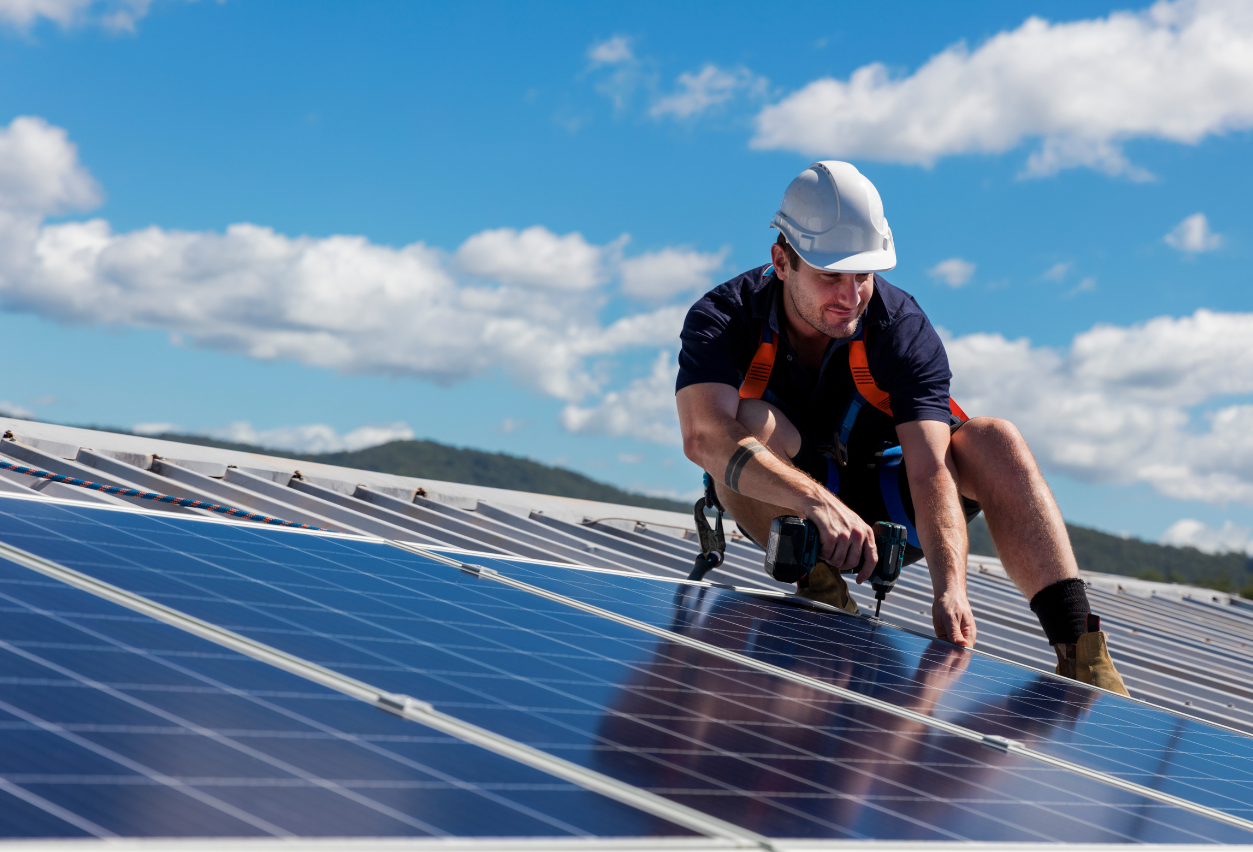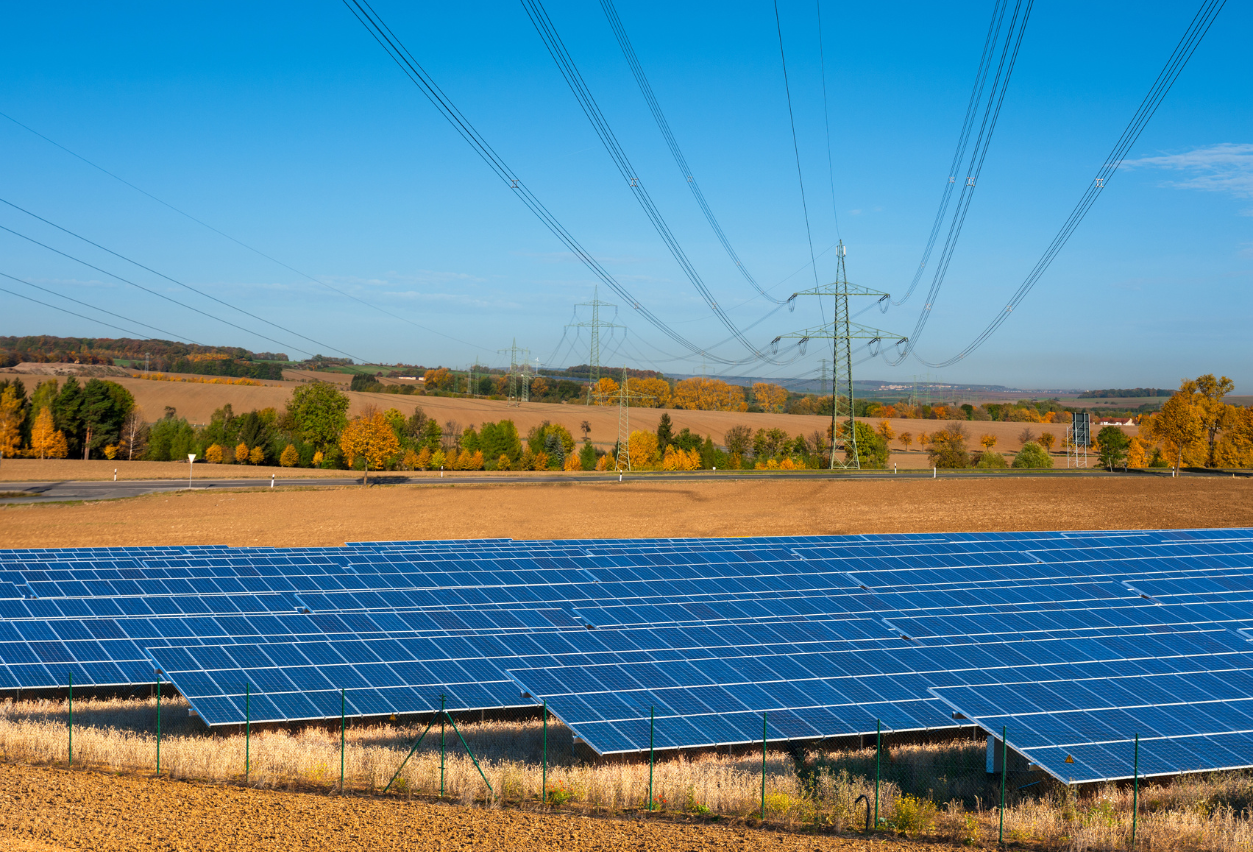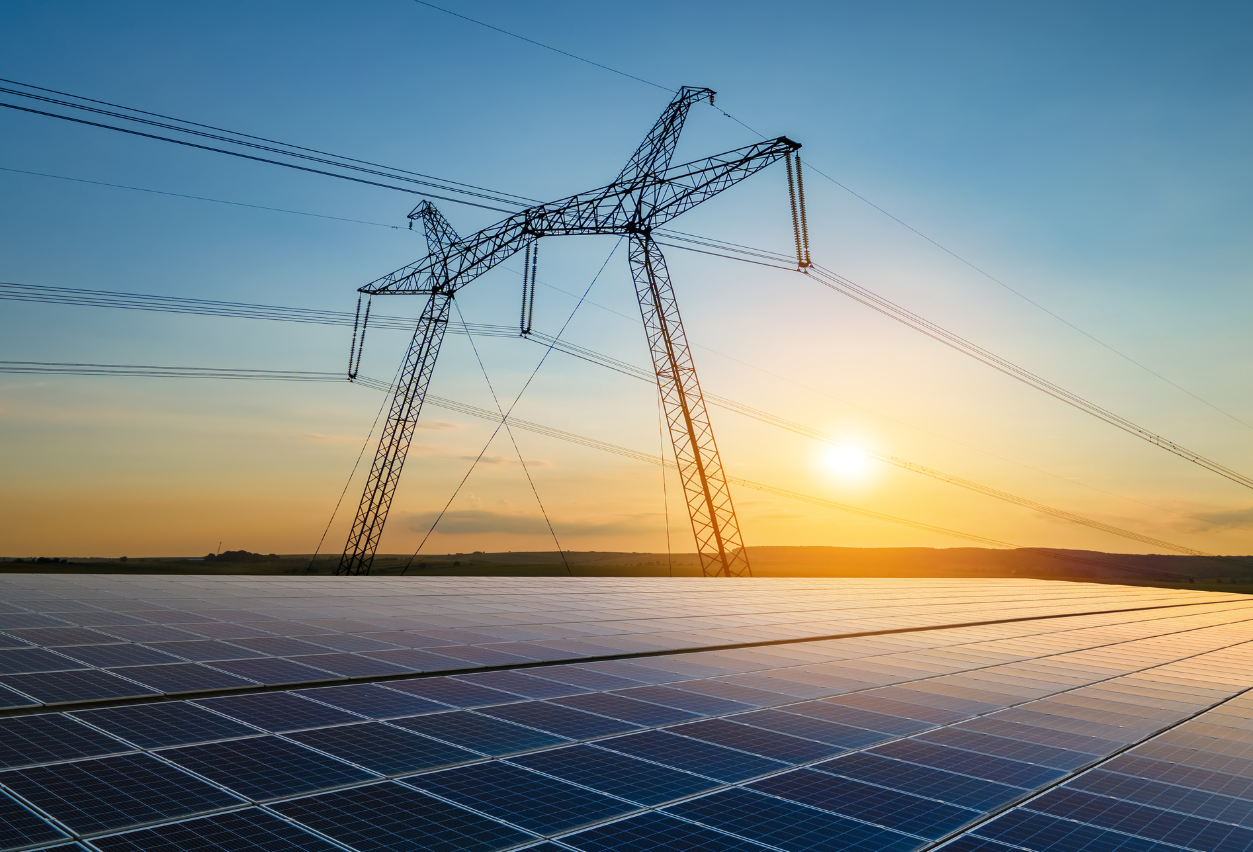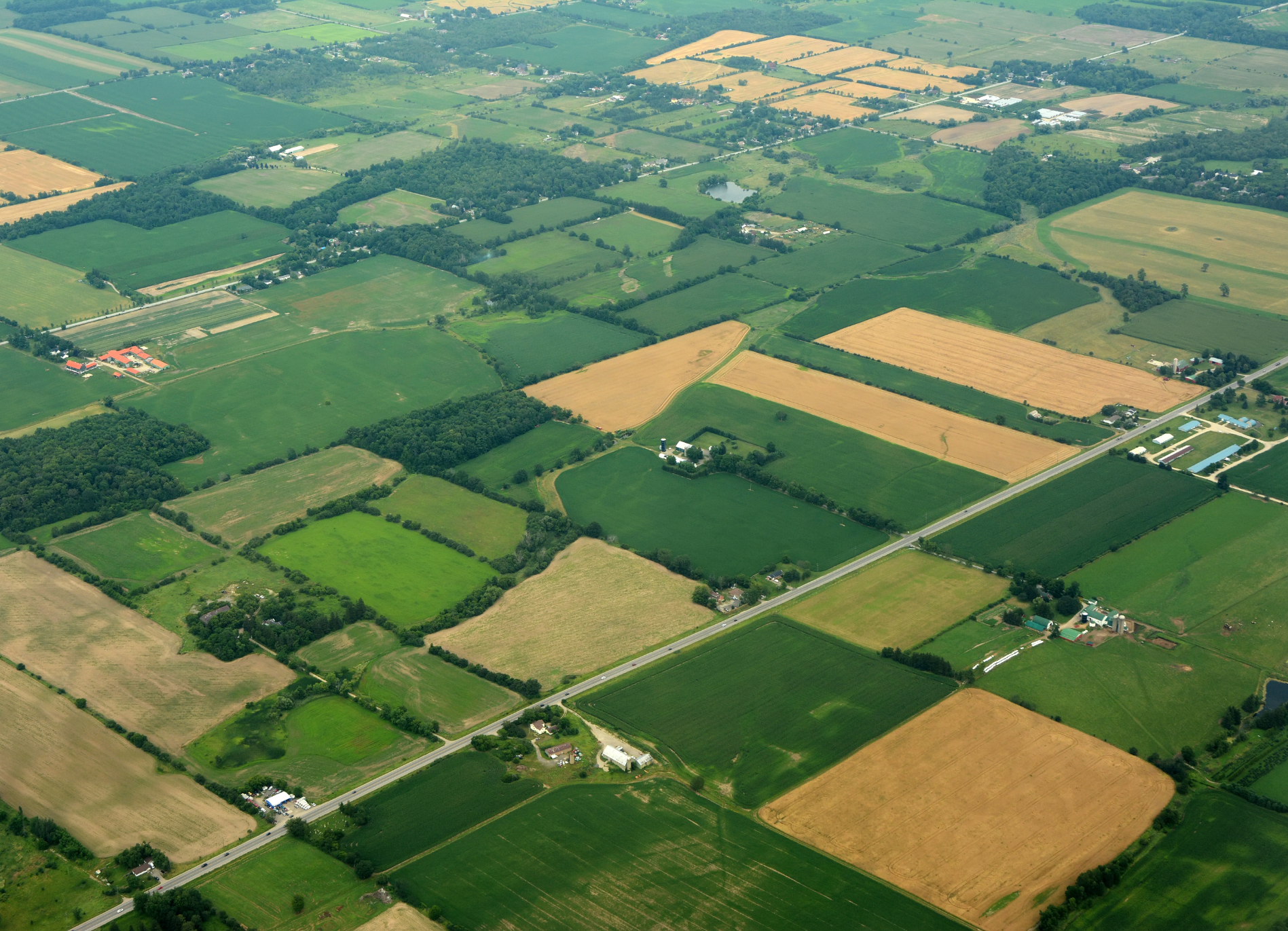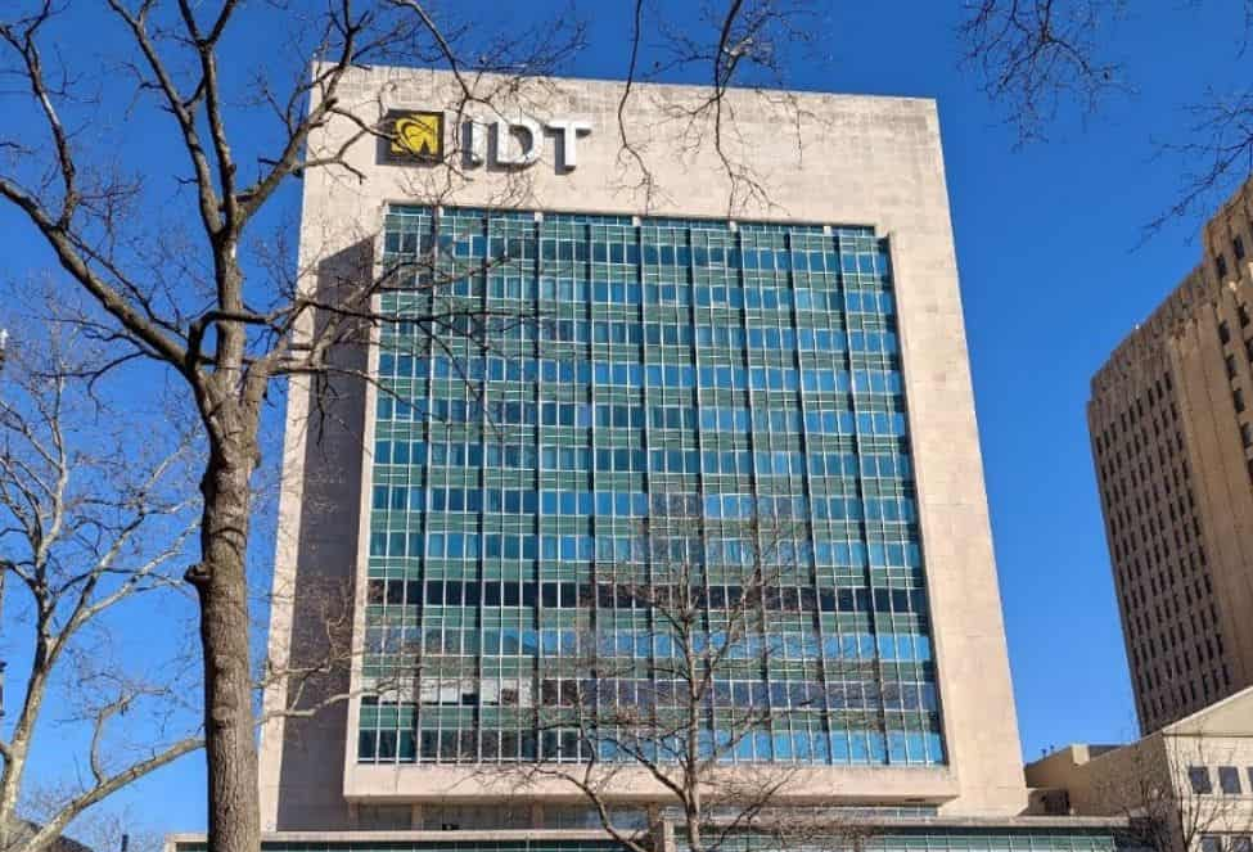Solar leasing companies are expanding their reach to landowners in an effort to construct utility-scale solar farms in states with favorable renewable energy legislation. One of the most popular ways to participate in renewable energy is through a solar operating lease, a long-term agreement that allows property owners to lease land for a solar farm while a solar developer installs, operates, and maintains the solar panel system. Unlike a commercial solar lease where a solar company installs panels on-site and enters into a lease agreement with the business owner, an operating lease is different. This guide explains the benefits, potential drawbacks, and key considerations of leasing land for renewable energy.
What Is A Solar Operating Lease?
A solar operating lease is a financing arrangement in which a landowner leases their property to a solar developer for the installation of a solar energy system. Instead of building and maintaining the solar panel system themselves, the landowner receives regular lease payments over the term of the contract. This model allows landowners to lease land to a solar company without investing in solar panel installation or handling project logistics.
If the landowner has a business, home, or working farm on the property, they may also be able to negotiate for the use of electricity generated from the solar system. While these agreements can be complex, a solar asset owner may allow the landowner to offset his or her own energy expenses in addition to receiving lease payments.
How Does A Solar Operating Lease Work?
The process of entering into a solar lease agreement involves several key steps for landowners:
Site Evaluation & Land Commitment
The solar developer assesses the property to determine its suitability for solar project development. Certain factors such as sunlight exposure, land topography, and proximity to the electrical grid are important considerations during this step. The solar development might sign a letter of intent with the landowner indicating the proposed terms of a solar lease pending interconnection approval.
Interconnection Application & Engineering
Once the land is deemed viable for a solar project, engineering is completed and an interconnection application is submitted to the local utility company. These applications include details such as the size and scope of the proposed project, necessary transmission line upgrades, technical specifications, and the parcel ID of the project.
Lease Negotiation & Agreement Signing
After interconnection is approved, the solar developer will enter into a lease agreement with the landowner. During this phase, several aspects of the lease are negotiated including lease payments, project timeline, and maintenance responsibilities.
Solar Panel Installation & System Activation
After local permits are secured for the project, construction begins. When the system is fully erected, it is then tested, connected to the electrical grid, and activated.
Long-Term Lease Payments
The landowner receives payments according to the terms outlined in the solar energy lease agreement.
How Long Is A Typical Solar Panel Lease?
A solar lease agreement typically lasts between 20 and 30 years depending on the financial viability of the project and the off-taker agreements with utilities, end-users, or community solar programs. The lease duration is also designed to match the lifespan of the solar panel system, allowing the solar company to maximize energy production and return on investment.
At the end of the lease, landowners generally have three options:
- Lease Renewal: The agreement may be extended for additional years if both parties agree.
- Land Restoration: The solar partner removes the solar energy system and restores the land to its original condition.
- Purchase Option: Some contracts offer the landowner the option to buy the solar panel system at a reduced cost.
Benefits Of A Solar Operating Lease
A solar operating lease offers several advantages for landowners looking to lease their land for solar panels:
- Stable & Passive Income: Lease payments typically range between $1,000 to $5,000 per acre annually, depending on location, grid access, and energy market conditions.
- No Maintenance Required: The solar partner is typically responsible for system installation, upkeep, land maintenance, and project decommissioning.
- Optimized Land Use: Leasing land for renewable energy allows property owners to earn income from underutilized land without disrupting other agricultural or business operations.
- Environmental Impact: Supporting solar project development promotes renewable energy adoption and supports clean energy for the local community.
Disadvantages Of A Solar Operating Lease
While a solar lease agreement has numerous advantages, there are also some potential drawbacks to consider:
- Long-Term Commitment: Since solar land leases last 20 to 30 years, landowners must be comfortable with a long-term agreement.
- Land Use Restrictions: Once the lease is signed, the land cannot be used for other purposes unless specified in the contract.
- Complexity Of Agreements: Lease terms, payment structures, and tax implications can be complex, requiring careful legal and financial review.
It’s important to analyze these obstacles carefully and not be confused with common negative myths about solar energy.
How to Compare Solar Lease Companies
Not all solar leasing companies offer the same terms, so it’s important to compare options before signing a solar lease agreement. Key factors to consider include:
- Company Reputation & Track Record: Work with an experienced solar developer with a proven history of solar project development. This can help shorten project timelines and avoid pitfalls of zoning and permitting.
- Lease Payment Terms: Ensure competitive lease rates with transparent escalation clauses for inflation. It’s important to get multiple lease quotes from different solar companies to ensure you are not leaving money on the table.
- Interconnection Expertise: Companies with expertise in interconnection applications will ensure smoother project execution. These applications are complex and riddles with obstacles. Be sure to choose a company with a history of success.
- Project Scale & Type: Some companies specialize in commercial solar while others are experienced in utility-scale solar farms and community solar projects. It’s vital to work with a company that has experience building large-scale projects.
If you’re looking for a reliable solar developer, learn why Genie Solar Energy is a top choice for landowners and investors.
What To Consider Before Signing A Solar Lease Agreement
Before signing a solar lease agreement, landowners should evaluate local zoning laws to ensure that their property meets local zoning requirements for solar project development. They should also consider additional income opportunities for the land earmarked for the project. It might be more advantageous to do something different with your property. Finally, confirm the responsibilities of the solar developer in your lease agreement. You do not want to be left with a half-built project that is generating no revenue.
Why Partner With Us
Genie Solar Energy is a trusted leader in solar land leasing, offering landowners expert guidance in solar project development. With a commitment to transparency and long-term success, we ensure top dollar for our landowner partners. Are you ready to lease your land for solar? Contact our team today for a free land assessment and start earning passive income.
